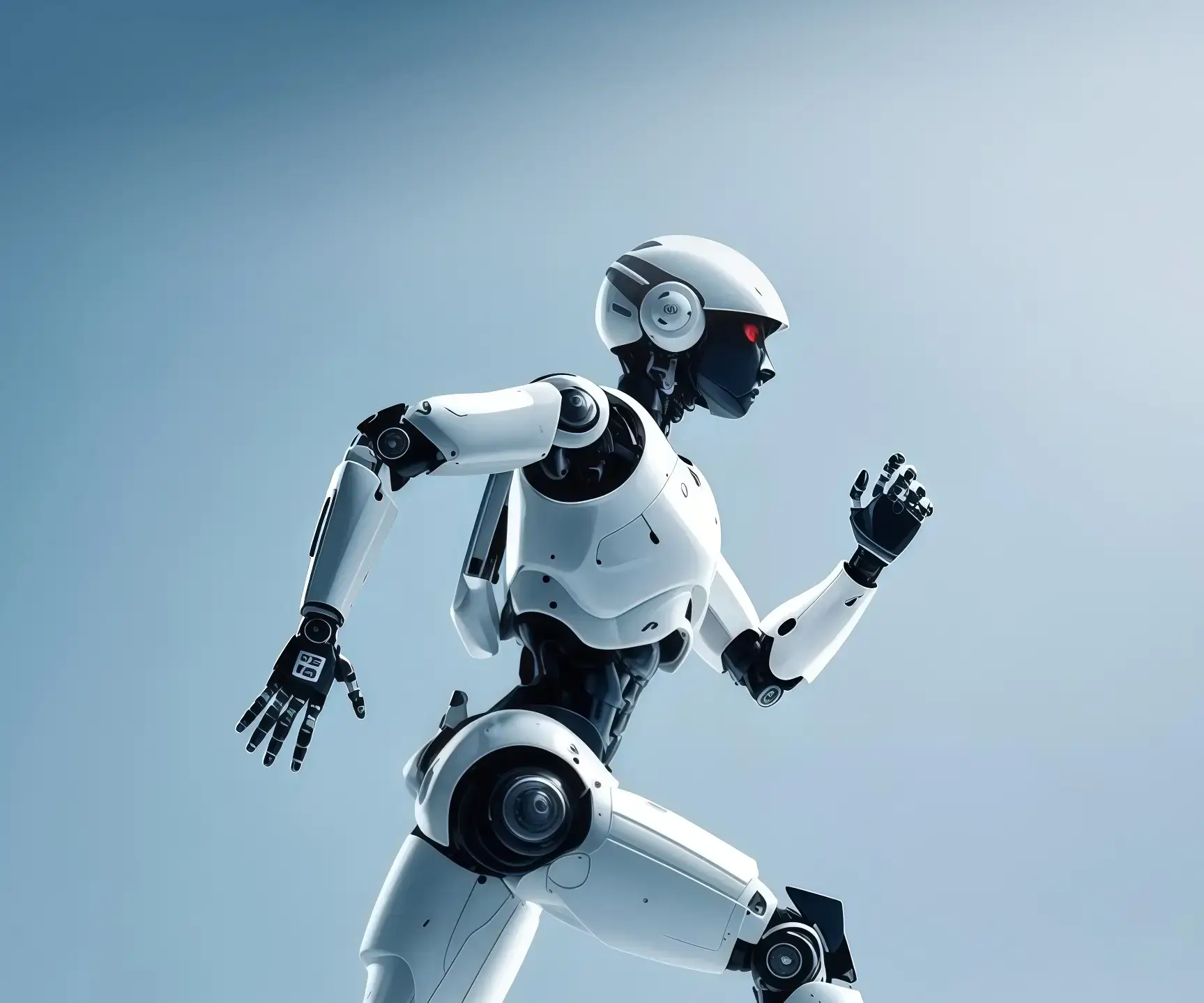part 1:
Imagine a world where your everyday objects respond to your commands—doors that open with a wave, cameras that tilt to follow your face, or robotic arms that perform delicate tasks. Thanks to the magic of Arduino and servo motors, this world is no longer confined to science fiction; it's within your reach, waiting for you to explore its depths. If you're passionate about electronics, programming, or simply curious about how machines move, diving into Arduino and servo motor projects can turn your visions into reality.

What is Arduino?
At its core, Arduino is an open-source microcontroller platform that emphasizes ease of use and flexibility. Think of it as a tiny brain, capable of controlling lights, motors, sensors, and more, based on your instructions. Originally designed for artists, designers, and hobbyists, Arduino has grown into a global community, fueling innovation across education, industry, and personal projects.
The beauty of Arduino lies in its simplicity. With a USB connection, you can upload code written in C/C++ into the microcontroller and watch your project come alive. Whether it's blinking LEDs or sophisticated robotics, Arduino makes it approachable for beginners and powerful enough for seasoned engineers.
Understanding Servo Motors
Servo motors are specialized devices designed to precisely control angular or linear position, velocity, and acceleration. Unlike regular motors that spin continuously, servo motors operate based on signals—they rotate to a specific position and hold there. This makes them ideal for applications requiring accuracy, such as robotic arms, camera gimbals, and remote-controlled vehicles.
A typical servo motor consists of a small DC motor, gear train, and a control circuit. The control signal determines the angle of the motor shaft—usually between 0 and 180 degrees. By varying the pulse width of the control signal, you can set the servo to move to any position within this range.
Why Combine Arduino and Servo Motors?
Pairing Arduino with servo motors unlocks a world of possibilities. You can build a project where the movement responds to inputs like sensors, buttons, or even your voice. For example, create a solar-tracking panel that pivots toward sunlight, or design an automated pet feeder that dispenses food at scheduled times.
This combination provides a practical, affordable way to bring automation and robotics into your projects. The Arduino acts as the brain that processes inputs and makes decisions, while the servo motor acts as the muscle executing those decisions with precision.
Setting Up Your First Arduino and Servo Motor Project
Getting started is easier than you might think. Here's a quick overview of what you'll need and the steps involved:
Materials Needed:
Arduino Uno or compatible board Servo motor (commonly the SG90 or MG996R for beginners) Breadboard and jumper wires Power supply (USB or external if using multiple servos) A computer with Arduino IDE software
Basic Steps:
Install the Arduino IDE — Download and set up the software from the official Arduino website. Connect the Components — Wire the servo signal wire to a PWM-capable digital pin on the Arduino (typically pin 9), connect power (5V) and ground. Write the Code — Use simple libraries like Servo.h to control the servo's position easily. Here's a basic example: #include Servo myServo; void setup() { myServo.attach(9); } void loop() { for (int pos = 0; pos <= 180; pos += 1) { myServo.write(pos); delay(15); } for (int pos = 180; pos >= 0; pos -= 1) { myServo.write(pos); delay(15); } } Upload and Test — Upload the code to your Arduino, and watch the servo motor sweep back and forth.
This simple project introduces you to the fundamental concepts of automation, control, and programming. From here, the possibilities expand infinitely—from adding sensors to creating complex multi-servo systems.
Real-World Applications and Inspiration
The combination of Arduino and servo motors isn't just for hobbyists—it's used widely across industries and fields of research. Artists use it to craft kinetic sculptures; educators incorporate it into STEM curricula; engineers design prototypes for robotics and automation. Here are a few inspiring ideas to spark your enthusiasm:
Robotic Arm: Program a multi-servo robotic arm capable of picking and placing objects, mimicking human motions. Pan-and-Tilt Camera: Build a camera system that follows subjects or surveys an area remotely. Automated Greenhouse: Use sensors to monitor environmental conditions and servo-controlled windows or shades to optimize plant growth. Interactive Art Installations: Create art pieces that respond to viewer proximity, sound, or light, moving in captivating ways.
As you see, mastering the basics of Arduino and servo motors opens doors to endless creativity. Whether you aspire to build practical gadgets, artistic pieces, educational tools, or robotics systems, this foundation empowers you to transform ideas into tangible creations.
Kpower has delivered professional drive system solutions to over 500 enterprise clients globally with products covering various fields such as Smart Home Systems, Automatic Electronics, Robotics, Precision Agriculture, Drones, and Industrial Automation.




































